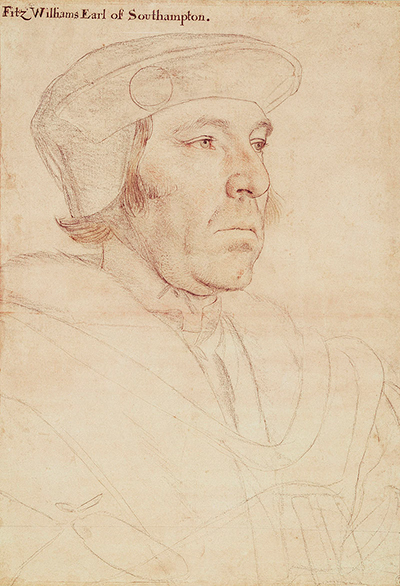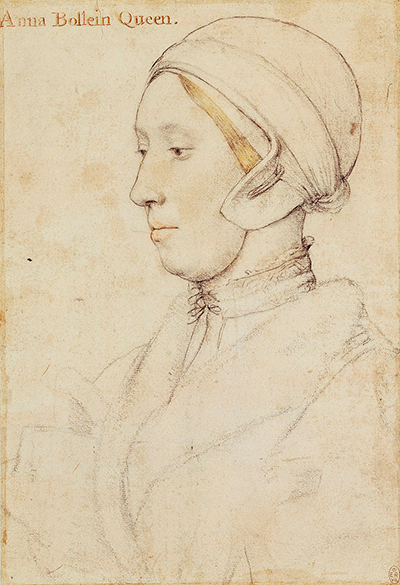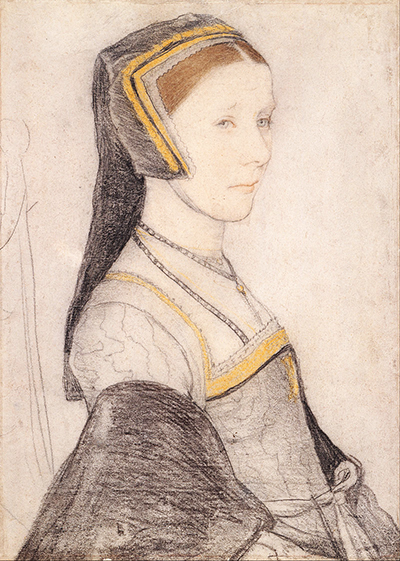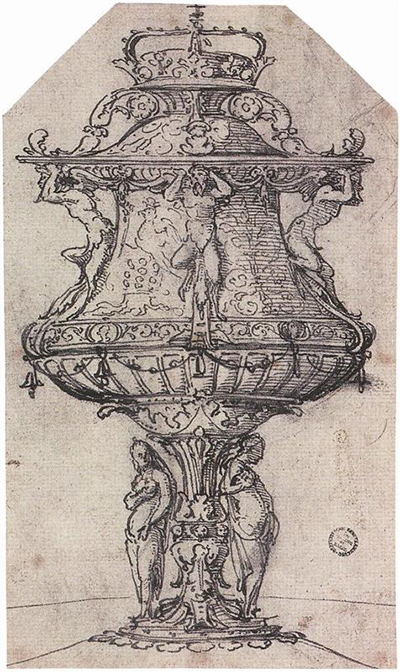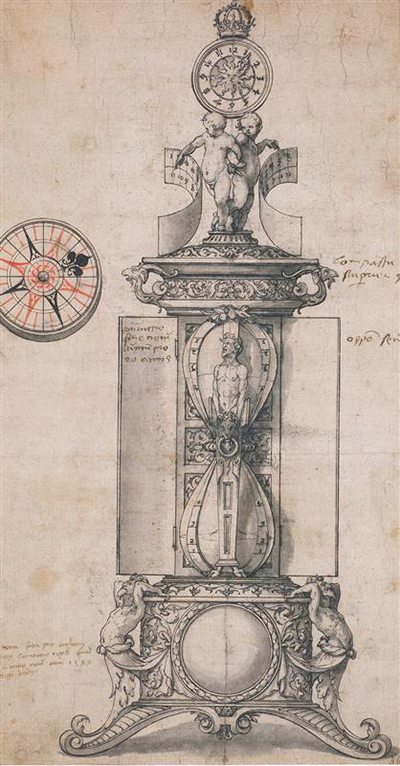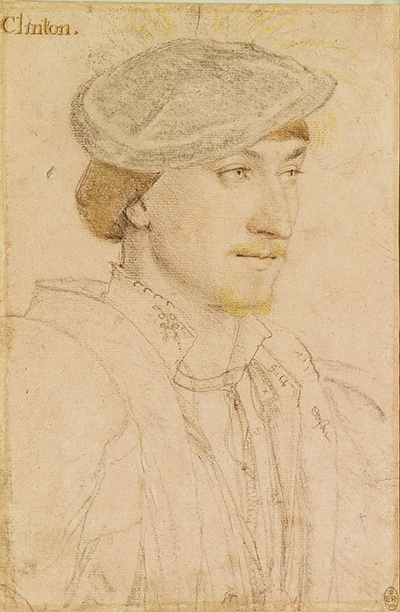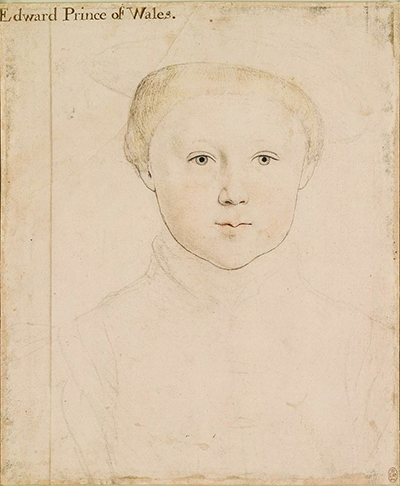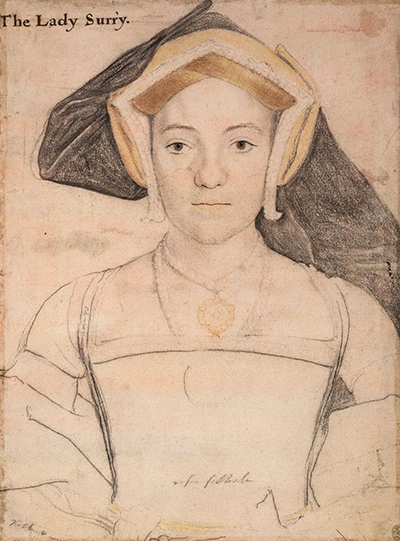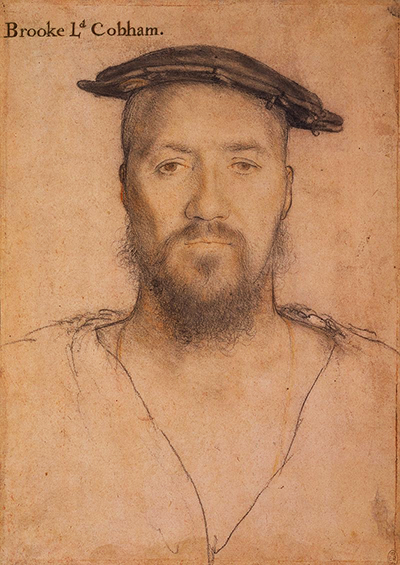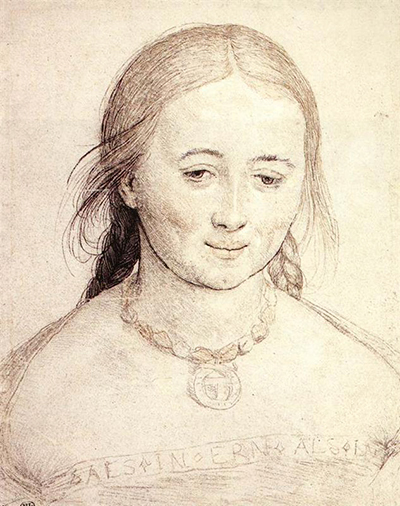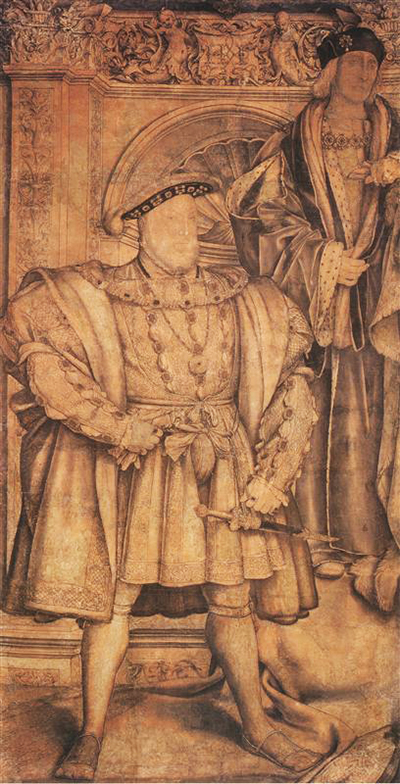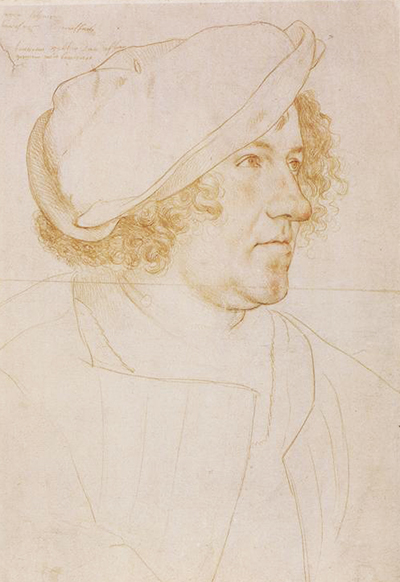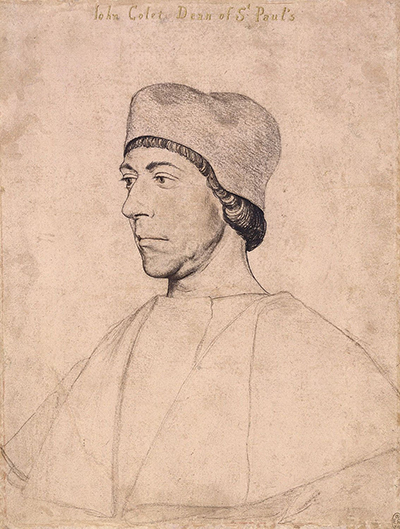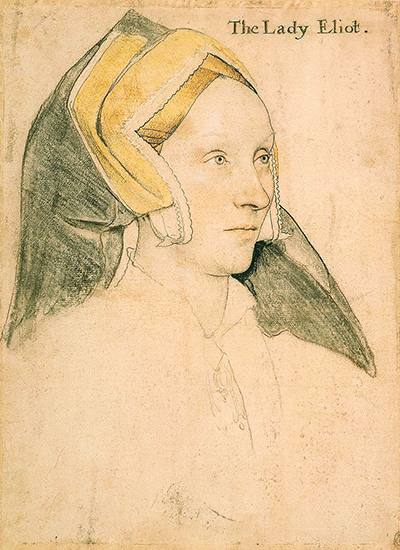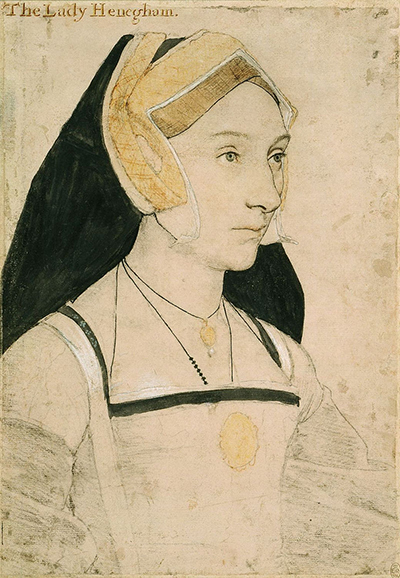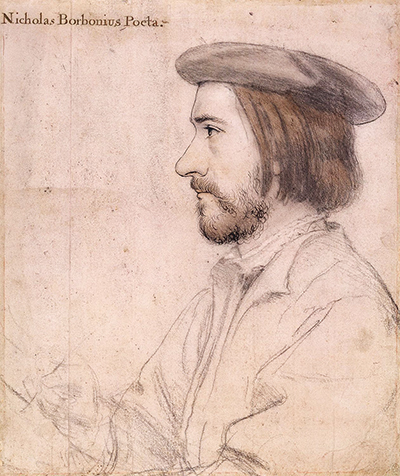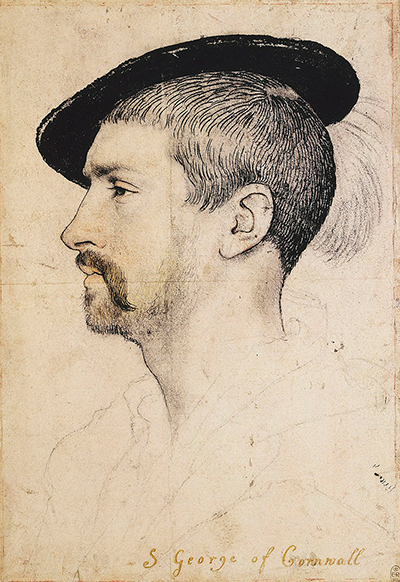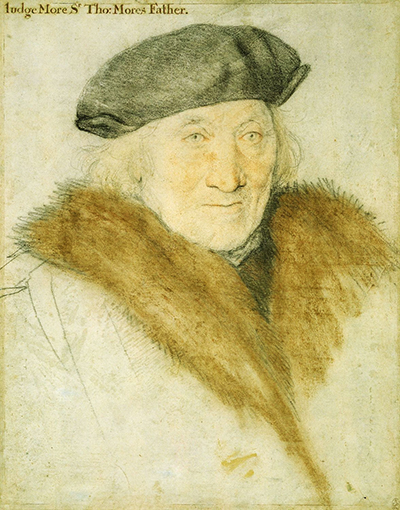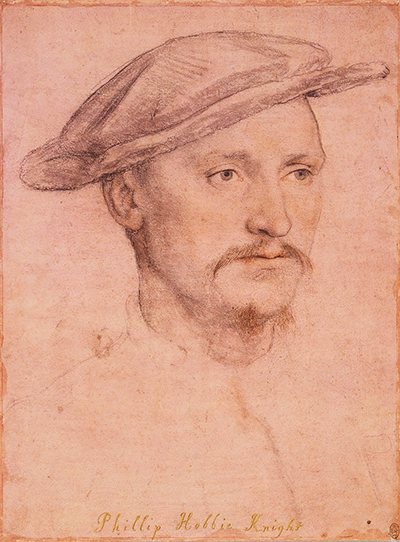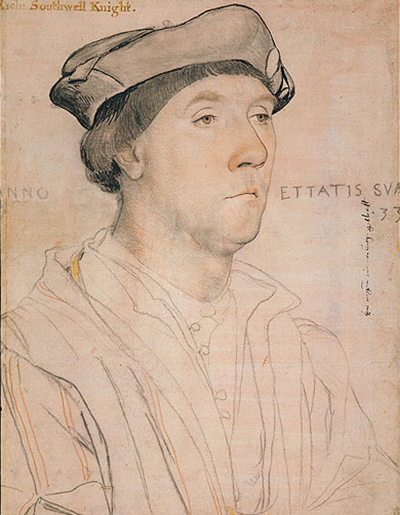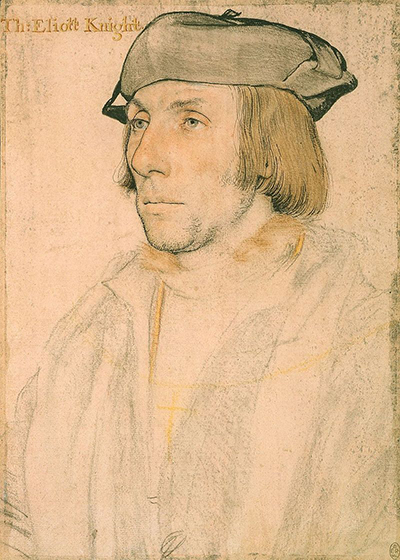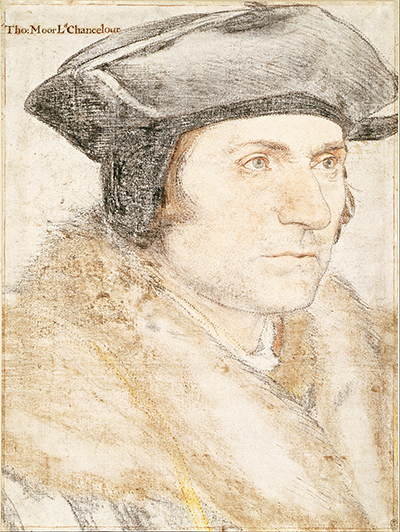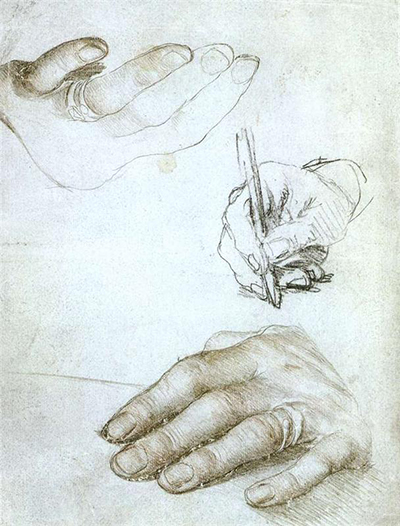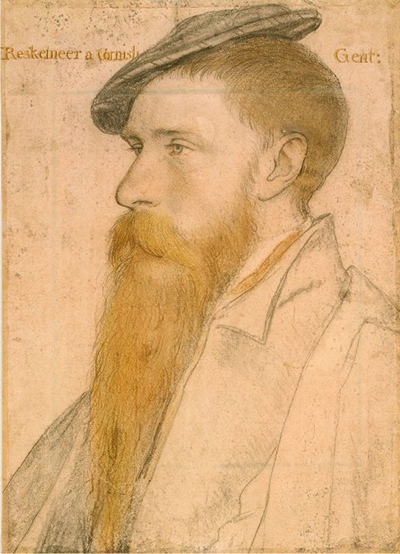Behind all of Hans Holbein's famous portrait paintings lied his skills as a draughtsman
While most of his most notable works were paintings, though each would start of life as a preparatory sketch when meeting his subject in person. He would often then later use these studies to create the finished portrait. Such were his skills in drawing that many of these sketches serve as exceptional artworks in their own right.
The study drawings would typically be created from chalk, just as with most of those around this period, such as Leonardo da Vinci and Michelangelo. They both were passionate about portrait drawings and practicing the art of capturing the human body.
Hans Holbein would also use pen and ink, silverpoint as well as multiple different chalk colours besides his most common choice of black. Prepared papers would be the canvas for these mediums, often of a pale pink colour. Subtlety and simplicity characterises his work within this medium.
Publisher Johannes Froben commissioned Hans Holbein the Younger to produce multiple illustrations for several upcoming books by Sir Thomas More and Desiderius Erasmus. This was one of the highest profile commissions that he received for his work as a draughtsman.
The Royal Collection in the UK has one of the best collections of Hans Holbein the Younger sketches. The artist himself passed away in London after contracting the plague. He had been living in the country for around eleven years at that time, explaining why much of his preparatory work remains here today.
There are clear links from the drawings in this section with many of the paintings found here. A clear comparison will expose several of them as study sketches for completed paintings, such as Elizabeth Grey (Lady Audley), Simon George of Cornwall, William Reskimer and Sir Thomas Wyatt.
Holbein would use red chalk initially to create the facial features with metalpoint or ink being added later to complete each work. The methods used to transfer the sketches to paintings is still under discussion among academics, with several theories put forward.



